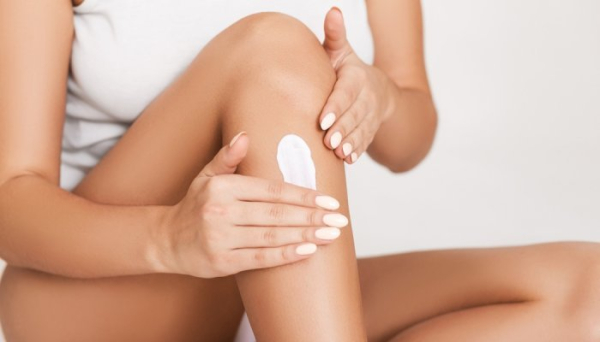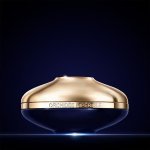
The global beauty and personal care industry is experiencing a pivotal transformation, one driven by increasingly informed consumers and a demand for effective, science-backed skincare. At the heart of this shift is the rise of dermocosmetics — a category that blurs the line between traditional cosmetics and dermatology.
The latest Ingredient-Led Beauty Report from in-cosmetics Global shows that the line between cosmetics and dermatology has been slowly blurring over the past few decades. As dermocosmetics has emerged as a distinct category, the report reveals that consumers are increasingly drawn to skincare brands rooted in dermatological science, including CeraVe, La Roche-Posay, Avène, SkinCeuticals, and Cetaphil.
A rapidly growing segment
Dermocosmetics have emerged as a powerful force in the skincare space. They are seen as focusing on performance, ingredient efficacy, targeted treatment of skin concerns, and dermatological validation rather than on sensory appeal and marketing.
The dermocosmetics market is a rapidly growing sector. According to Fortune Business Insights, it was valued at USD 35.77 billion in 2022 and is projected to grow to USD 77.51 billion by 2030, exhibiting a compound annual growth rate (CAGR) of 9.9% during the forecast period. [





